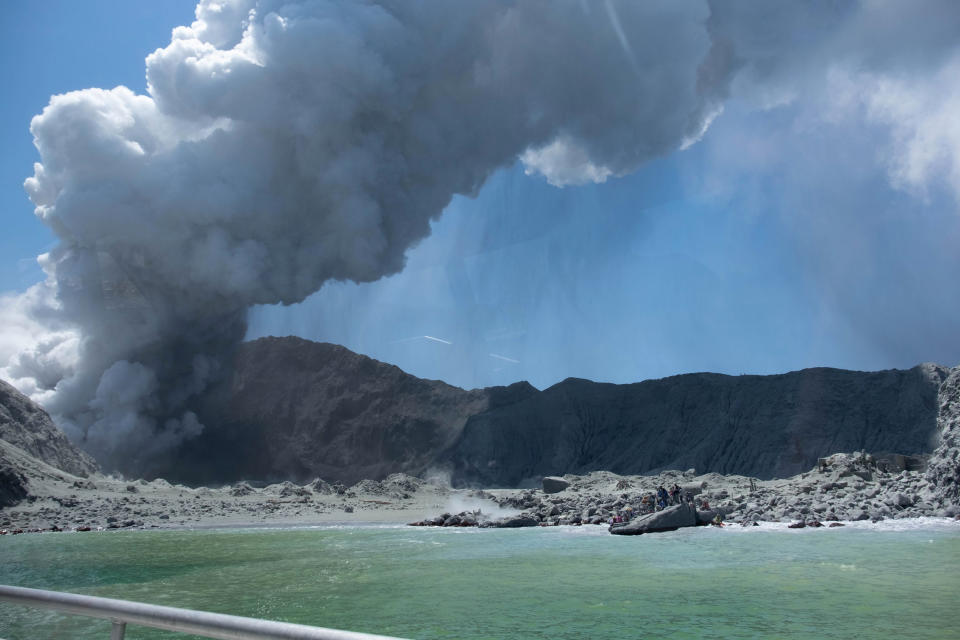Tragic twist for family given hope relative was alive after volcano disaster
A family caught up in the New Zealand volcano tragedy claim they were asked to ID a survivor of the eruption who was mistakenly believed to be a relative.
A member of the family, who hasn’t been named, told The Daily Telegraph they believed their relative had died on White Island after a volcanic eruption on Monday afternoon.
But a phone call came through from Canberra asking them to identify a survivor in a hospital bed who was on life support. It was due to be switched off.

However, when they arrived in New Zealand they realised the person in the bed, a woman, had the wrong coloured eyes.
The family member told the publication authorities believed the woman to be a relative to them due to having the same colour nail polish found in their relation’s luggage.
Identifying a number of the victims has proven difficult to the extent of their burns.
'It's like Chernobyl: Witness reveals haunting details from volcano as death toll rises
Video shows the moment tour guide realises volcano could erupt any second
Newlywed's horrifying voicemail to mum after suffering severe burns
Three days after the volcano exploded, most of the 29 survivors still hospitalised are in a critical condition and require "a lot of intensive care", according to New Zealand Ministry of Health director-general Ashley Bloomfield.
Some have burns to more than two-thirds of their bodies and a major challenge has been presented by internal burns, which for days prevented victims from identifying themselves.

New Zealand health official Pete Watson said the nature of the burns had been complicated by gases and chemicals released in the eruption.
"This has necessitated more rapid surgical treatment of these burns than is the usual case for thermal-only burns," he said.
Skin grafts – where healthy skin is taken from elsewhere on the victim's body, or from a donor – are one of the most important treatments for burns victims.
Australia has sent 20,000 square centimetres of allograft skin to help survivors.

Another 1.2 million square centimetres has been shipped from the United States to treat the deep-tissue burns suffered by those still clinging to life.
The Donor Tissue Bank of Victoria and the Organ and Tissue donation service in Sydney both sent 10,000 square centimetres each. The Queensland Skin Culture Centre remains on standby to also send some.
A number of the victims, who were wearing summer clothing when they toured the active volcano on Monday, have burns to up to 80 per cent of their bodies.
Many also ingested ash and volcanic gases, resulting in horrific injuries to their lungs and airways, leaving them unable to talk.
With AFP and AAP
Do you have a story tip? Email: newsroomau@yahoonews.com.
You can also follow us on Facebook, Instagram and Twitter and download the Yahoo News app from the App Store or Google Play.



